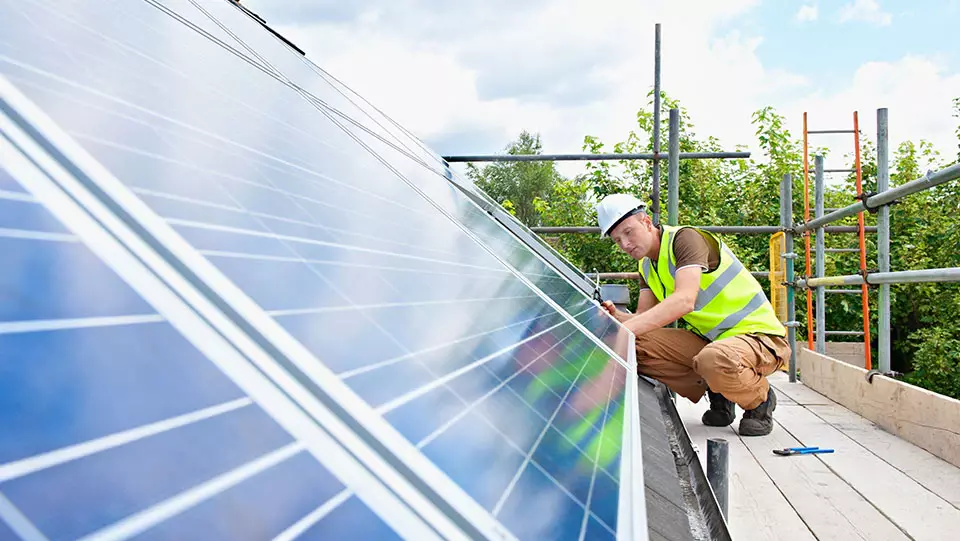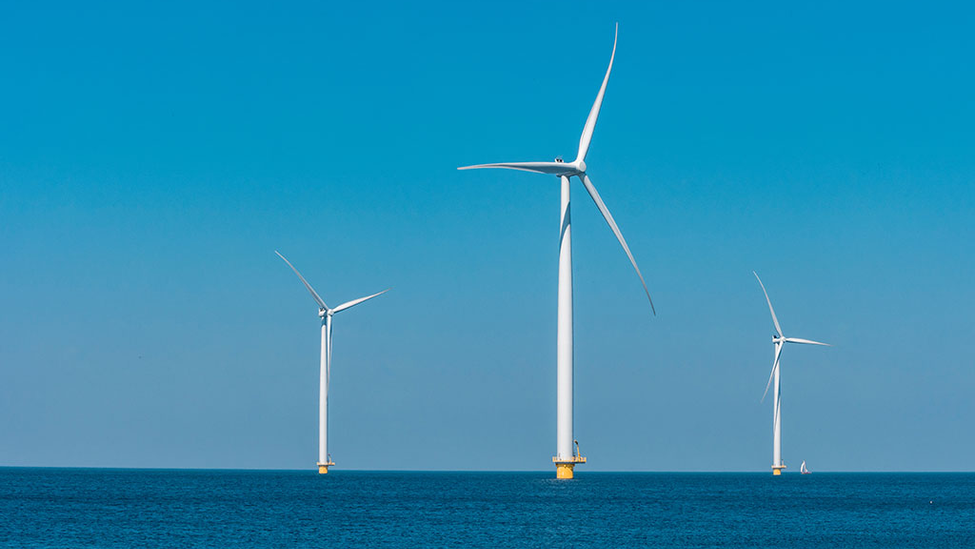6 Tips to Help Stop Distracted Driving at Solar and Wind Farms


A midwestern wind installation spans hundreds of square miles, and the distances between turbines include acres of active farmland. One hazy summer morning, a maintenance technician driving to multiple turbines glances down to confirm his next stop. His eyes leave the road, just as a bale mover loaded with hay bales enters his path. There’s not enough time to react.
It’s a potential scenario that’s becoming all too familiar for wind and solar asset managers. With installations often in remote locations, distracted driving is a growing issue. A single crash can lead to serious injuries and significant costs for the wind and solar industry.
“With solar and wind farms in rural areas, employees can be driving long distances on unfamiliar roads, often after working long shifts,” said Chris Hayes, a Travelers Risk Control transportation safety professional. “There is a risk to employee safety and employers may not be aware of the extent of that risk.”
According to the 2023 Travelers Risk Index, while three out of four companies say they have a distracted driving policy in place, enforcement is inconsistent. Just 31% of policies require employees to set their phones to Do Not Disturb before driving, the study found. “Wind and solar developers should set expectations for safe driving, communicate them clearly and be consistent in enforcement of their policies,” Hayes said.
Local, state and federal policies and initiatives, such as increasing renewable portfolio standards at the state level, are likely to boost renewable industry growth in the coming years.1 As developers ramp up hiring to meet demand, here are some ways to help protect solar and wind farm employees from the dangers of distracted driving, on and off the job.
- Set clear guidelines to reduce distractions while operating heavy equipment.
Consider implementing a zero-tolerance policy for the use of cellphones and other devices while operating heavy equipment. “That’s a big concern for wind and solar operators,” Hayes said. Often, riggers and signal persons will communicate lift directions via headsets, using a dedicated channel specifically for performing the task at hand. “That’s where the concentration needs to be for those high-risk actions,” Hayes said. “We don’t ever want to see heavy equipment operators on their phones while on the job.”
- Communicate that driving policies apply both on and off the clock.
Wind and solar construction and maintenance crews often drive fleet vehicles or rental vehicles during the workday, as well as on evenings and weekends while working in a remote location. If an employee goes out for a drink after a long shift and gets into an accident, that presents the employer with both liability and employee safety risks.
- Create clear expectations for safe driving behavior.
Solar and wind farm employees regularly travel to unfamiliar locations, rent vehicles and drive to remote worksites. “Are they programming their destination in the GPS while driving out of the airport, or does their employer have clear policies about distraction that everyone is compelled to follow?” Hayes asked. Having a clear policy that sets out expectations for safe driving, such as programming directions while the vehicle is in park, can help drivers avoid dangerous multitasking behaviors.
- Help employees avoid drowsy driving.
The most dangerous part of the job can be just getting to the job site,” Hayes said. “These people can put in long days and their projects can be a great distance from where they’re laying their head on their pillow.” Working in a remote area can also mean employees driving long distances to get home on weekends and breaks. Drowsy driving can be as dangerous as distracted driving. Encourage employees to rest before getting behind the wheel, to recognize signs of fatigue, and to take frequent breaks along the way as needed.
- Build a company culture that encourages safe driving practices.
According to the 2023 Travelers Risk Index, 90% of companies say they expect employees to be sometimes or frequently reachable when they are not in the office. Creating a company-wide expectation that employees will not be expected to answer their phones while driving can help. “Managers need to set the tone,” Hayes said. “In a field where many employees are remote, resist the urge to call employees when they may be driving.”
- Solicit sources of distraction from employees.
In addition to having a distracted driving policy, wind and solar companies should plan to review it regularly with new and existing employees, and to update it as new technologies and potential distractions emerge. “Your employees can also be good sources for identifying, and helping to reduce, potential distractions,” Hayes said. Encourage employees to report instances where job expectations may be causing them distractions, such as receiving calls from a supervisor while driving.
Creating a distracted driving policy can be a powerful way to protect your wind and solar employees on the job. Learn about other ways Travelers can help you protect your solar or wind farm with renewable energy insurance. You can also speak to an insurance agent who understands the renewable energy industry.



